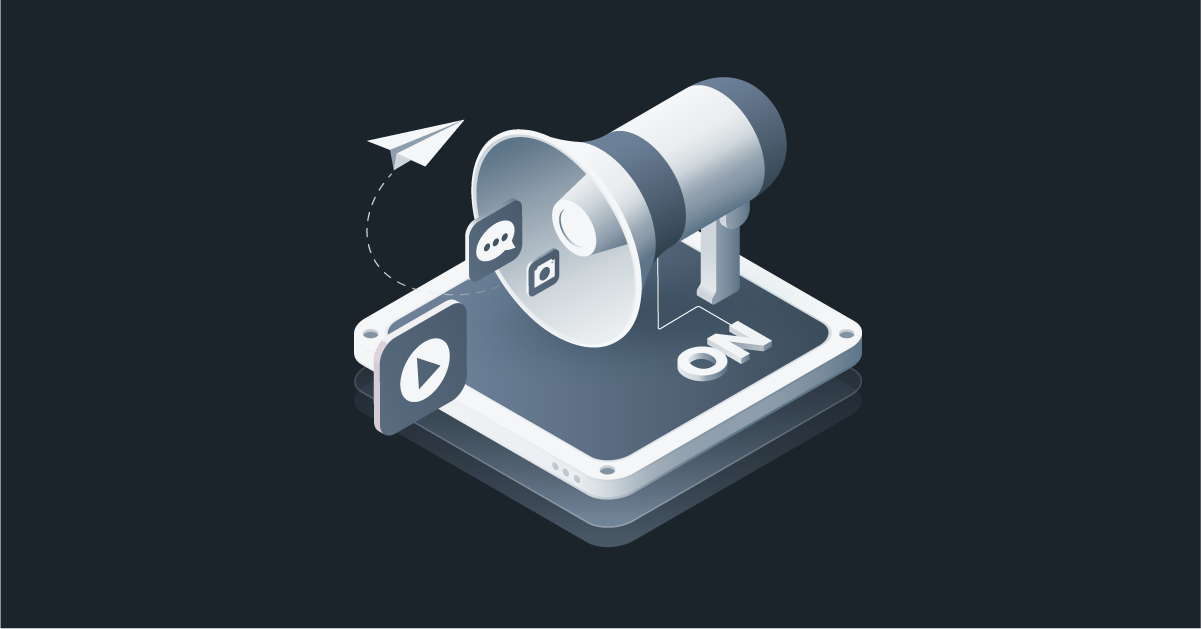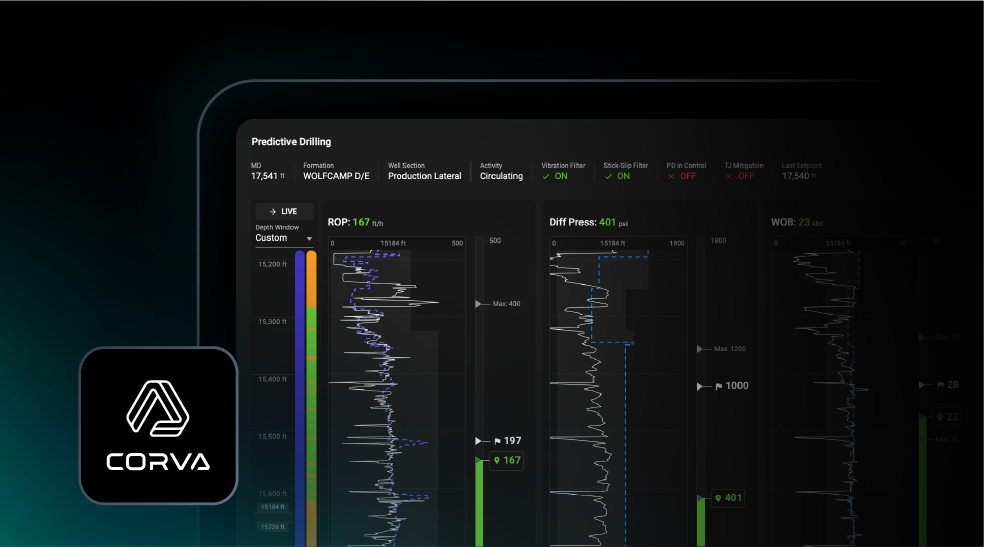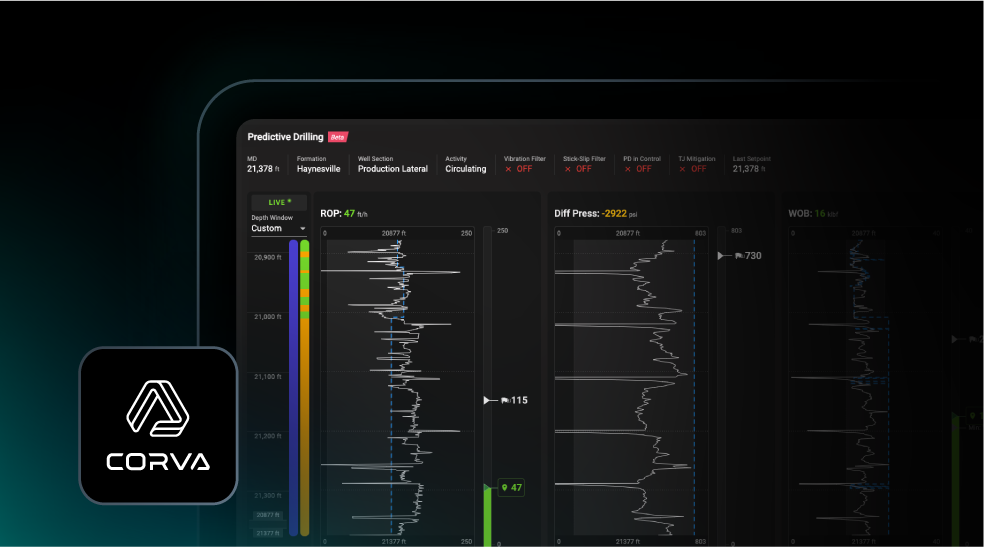Innovation is the lifeblood of any industry, and yet it’s so hard to create — like lightning in a bottle. Those who can successfully harness it will see outsized gains, and the risk of inaction is irrelevance or worse. So, for something so important, why is it so hard?
Innovation is rare because it comes with failure, and humans are built with an innate instinct to avoid failure at every step. But holding back out of fear of failure often keeps people from taking enough shots at a goal or giving up after one attempt. The number of times you try something new is the biggest indicator of hitting a home run. Failure is built into the process whether it’s 50% or 90%. If you aren’t recording enough failures, it is most likely an indicator that you aren’t taking the necessary risk (think of the “moonshot” ideas that come out of innovation labs like Google X). Agile development methodology teaches us to fail fast and frequently - you should be rolling back at least 10% of your ideas as failures that didn’t work.
So, if failure is the barometer for taking risks, what is the indicator for continual execution? It’s called clock speed — the number of iterations you can make on your ideas in a given time. Clock speed is making an iteration, seeking feedback and validation, and then making another iteration. The faster the clock speed, the more innovation. The best companies are iterating at break-neck speeds and trying new things like crazy. They are iterating across the organization — from sales to customer support to product development. It’s a built-in mantra to bias for action and move quickly.
Jeff Bezos talks a lot about two-way and one-way doors. A two-way door is a decision that can easily be reversed. 99% of all decisions are two-way and therefore should just be made. You can walk back through the door at any time. Only a small percentage are one-way doors that cannot be reversed, and only those should be extremely carefully deliberated and executed. There is another framework for thinking about decisions that are important, and that’s considering that most decisions are either 70/30 probability or 51/49 probability. In the case of 70/30, the correct decision is known so you should make it. In the case of 51/49, it’s a coin toss, so you should go ahead and just make it too. Trust your gut. In both cases, you can make decisions extremely fast and rely on the two-way door concept to step out of any failures as they come. The most important aspect of clock speed is time, so optimize for the most iterations per day, week, or month.
At Corva, we are heavy believers in clock speed and are continually redesigning processes to increase it. We created and released the Corva Dev Center to the public one year ago as it’s how we believe energy companies can harness the power of clock speed themselves. Technology, infrastructure, and deployments are hard, so it’s very important to have a software platform where experiments can be deployed quickly in a few days. We are seeing experiments deployed at an accelerated pace to solve all kinds of problems from drilling and completion failure predictions, to digital twins for facilities, geological analysis, and many more.
More frequently, we are using the concept of a hack-a-thon for internal purposes where our entire R&D team dedicates 1 or 2 days to solving a hard problem and seeing what solutions emerge. The investment is minimal, and the output is extremely high. In a short period, you can study a problem, uncover the hidden thorns that are unclear at a cursory glance, and develop a working solution — usually, the outcome is pretty decent. We have also started hosting hack-a-thons for energy companies a few times a year. The outcomes of these 24-hour stints are an amazing glimpse into the power of clock speed. These projects tend to catalyze bigger investments and broader support from teams that lead to eye-opening discoveries.
As we head into the New Year, we all should challenge ourselves to move at a faster clock speed, pair failure with quick iteration, and drive innovation throughout our energy industry.
Here’s to a great and prosperous 2023!
Ryan Dawson, Chief Corvanaut




